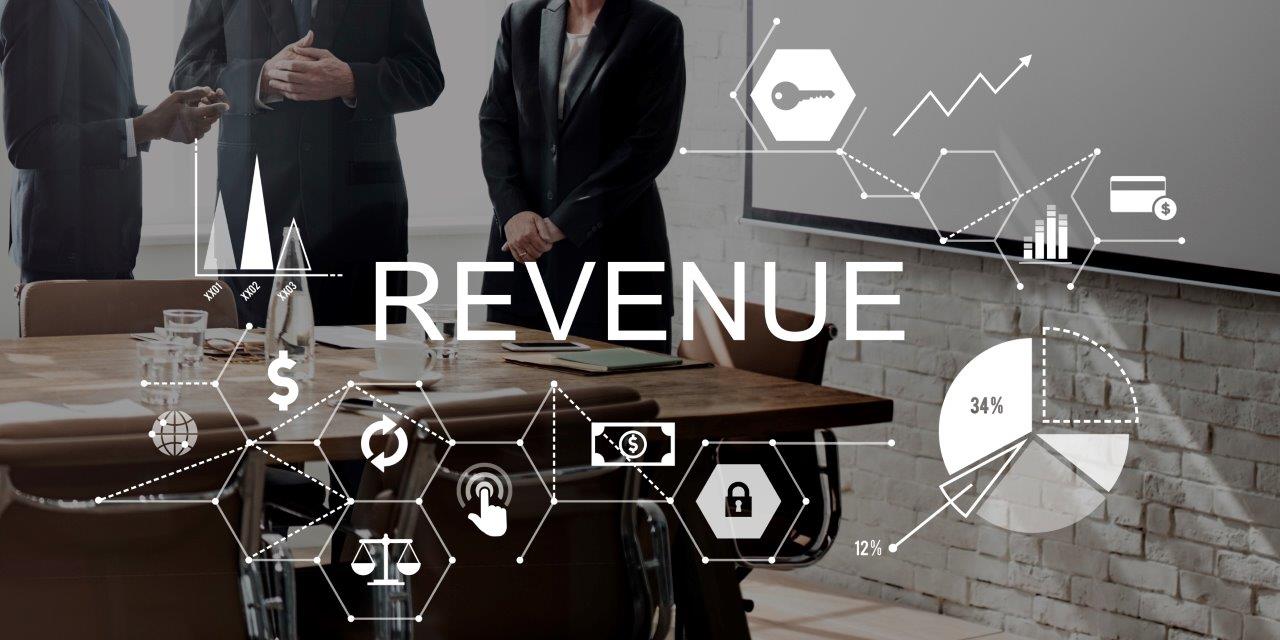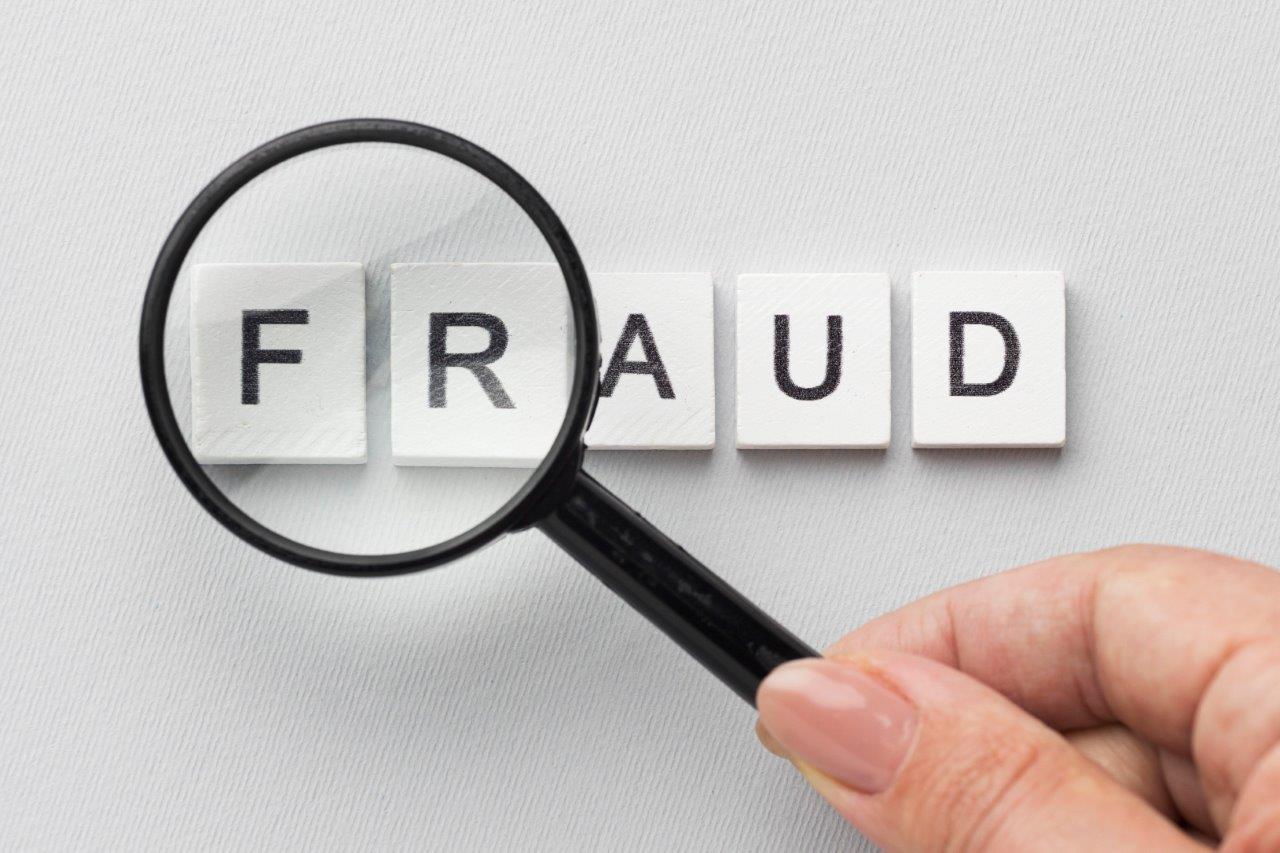
Revenue Assurance
Our Revenue Assurance (RA) application is a set of processes and activities implemented to ensure that companies receive the full revenue to which they are entitled. It is particularly relevant in industries where revenue streams are complex, such as telecommunications, utilities, and digital services. The primary objective of revenue assurance is to identify and rectify any issues or leakage points that may result in lost revenue.
GABS Key Features:
- End to end Process: Revenue assurance covers the entire lifecycle of revenue generation, from the creation of a product or service to the realization of revenue.
- It involves collaboration between different departments, including finance, operations, IT, and sales, as revenue leakage can occur at various touchpoints.
- Maximized Revenue: By identifying and rectifying revenue leakage points, organizations can maximize their revenue and profitability.
- Improved Customer Satisfaction: Accurate billing and invoicing contribute to positive customer experiences and satisfaction.
- Risk Mitigation: Identifying and addressing potential risks and vulnerabilities in the revenue generation process.



Fraud Management
Fraud management refers to the strategies, processes, and technologies implemented by organizations to detect, prevent, and respond to fraudulent activities. Fraud can take various forms, such as financial fraud, identity theft, cybercrime, and other deceptive practices aimed at obtaining unauthorized access to resources, information, or financial gains.
Key Features:
- Risk Assessment: This involves evaluating both internal and external factors that could contribute to fraudulent activities.
- Preventive Measures: This may involve authentication processes, access controls, encryption, and employee training programs to raise awareness about potential fraud risks
- Detection Systems: This could involve the use of data analytics, machine learning algorithms, and artificial intelligence to analyze large datasets for unusual behavior.
- Investigation and Response:This may involve collaboration with law enforcement agencies, legal actions, and communication strategies.
- Continuous Improvement: This may include incorporating feedback from past incidents and staying informed about new fraud trends.
- Compliance: Ensuring that fraud management practices align with legal and regulatory requirements. Organizations often need to adhere to industry-specific standards and guidelines to protect both their assets and the privacy of individuals.

